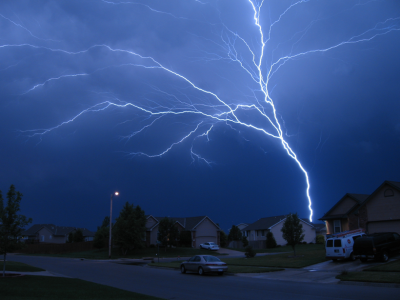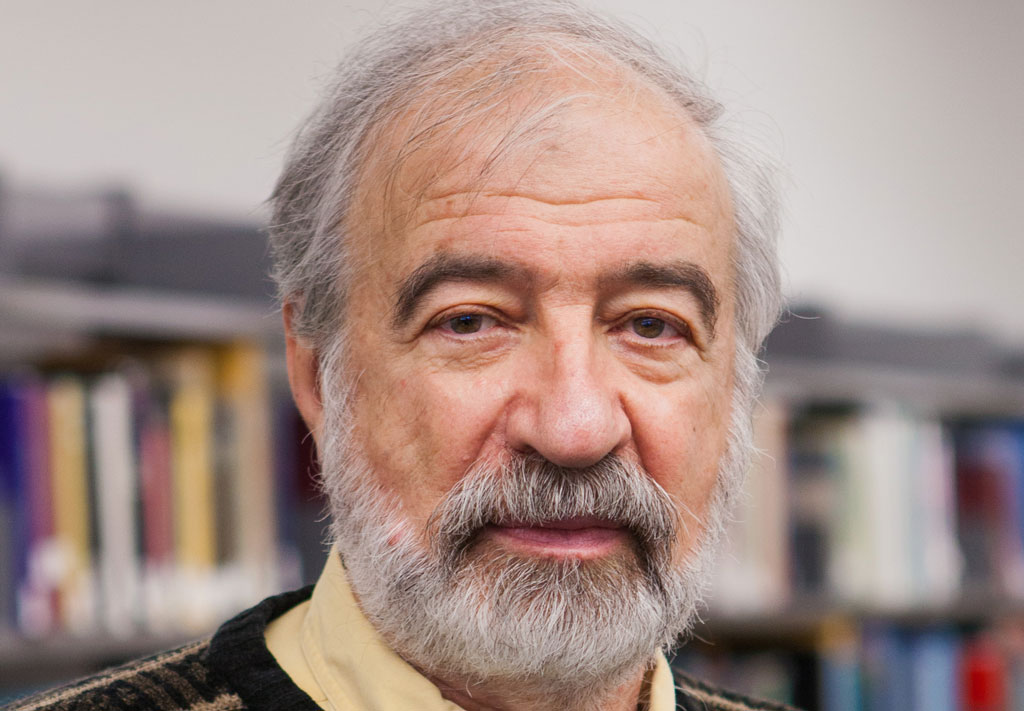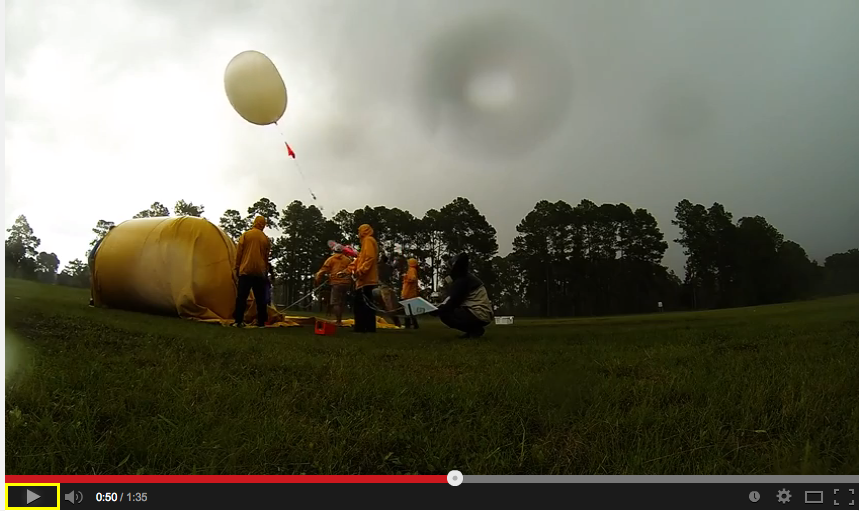As cell phone towers continue to fill the landscape, evaluating the influence of such human-made structures and their impact on lightning data continues to be a priority for one research scientist.
A recent article by Darrel Kingfield, a research scientist at the University of Oklahoma Cooperative Institute for Mesoscale Meteorological Studies working at the NOAA National Severe Storms Laboratory, was selected by the editors of Geophysical Research Letters to be features as a Research Spotlight on EOS.org. The paper, “Antenna structures and cloud-to-ground lightning location: 1995-2015,” explores spatial analyses of cloud-to-ground lightning occurrences because of the rapid expansion of antenna towers across the United States.
Kristin Calhoun, an OU CIMMS research scientist also working at NOAA NSSL, contributed to the article.
Research Spotlights provide an overview and summary of research topics, providing context for a broader Earth, space and science audience, along with science journalists.
Key points of Kingfield’s research include:
- Tower lightning can constitute a larger fraction of overall cloud-to-ground lightning measured in an area, with areas particularly near taller towers seeing a 500 percent increase in cloud-to-ground lightning over a small area. These anomalies have been underexplored in previous lightning climatologies.
- Shorter cell phone towers appear to be more susceptible to lightning in winter storms because of different convective growth and charging mechanisms historically observed in winter storms.
For the full Research Spotlight, visit https://eos.org/research-spotlights/antenna-towers-attract-additional-lightning-strikes.




